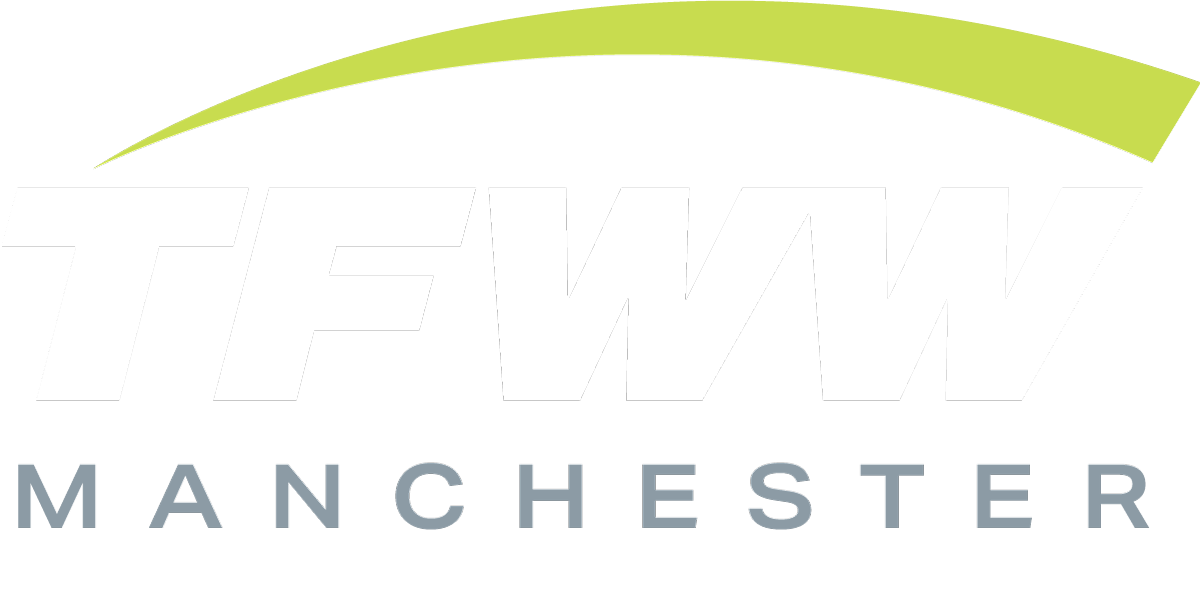Why LTL Freight is Changing in 2025—and How Smart Shippers Are Getting Ahead
LTL freight is heading for one of its biggest transformations in years, with sweeping changes to classification rules and pricing models coming in 2025. For shippers, this shift represents both a challenge and a huge opportunity. Those who understand and adapt to the changes early will benefit from smoother operations, lower costs, and fewer disputes—while those who ignore it risk disruption and rising fees.
What’s Changing in LTL Freight for 2025
The National Motor Freight Classification (NMFC) system is undergoing major revisions, shifting more freight classification decisions to density-based rules. This means freight will be categorized primarily on its weight and dimensions, rather than commodity type alone. Thousands of outdated item numbers are being consolidated, and the overall classification structure is becoming leaner but also more technical. The goal is to simplify freight classes, but for businesses that don’t prepare, it could lead to misclassifications, re-weighs, and unexpected charges.
Why the Changes Matter to Your Business
For many businesses, LTL shipping is a significant expense—and misclassifications are a top cause of budget overruns. With the 2025 updates, companies will need to pay close attention to the accuracy of their weight, dimensions, and packaging details. Failing to adapt could result in costly reclassification penalties and delivery delays. On the other hand, companies that tighten up their shipping data, review their freight profiles, and engage proactive logistics partners can actually benefit from more predictable pricing and fewer disputes.
How Smart Shippers Are Preparing for 2025
Forward-thinking shippers are already taking action to get ahead of the LTL changes. They’re auditing their product catalogs, ensuring accurate and up-to-date freight profiles, and investing in dimensional scanners to automate measurement accuracy. Many are also conducting mock audits with their freight partners to uncover vulnerabilities before the changes go live.
Another smart move is to align with freight partners like TFWW Manchester who understand the nuances of the NMFC update. Experienced freight management teams help businesses reclassify products correctly, optimize packaging strategies, and minimize billing disputes when the new rules are enforced. This level of proactive support helps protect margins and ensures uninterrupted shipping performance.
Key Strategies to Navigate LTL Changes Successfully
Audit and Clean Up Product Data: Outdated or incomplete freight profiles will cause problems under the new density-based model. Conduct a full audit now.
Verify Accurate Dimensions and Weight: Invest in tools or processes to ensure every shipment’s size and weight are recorded correctly before booking.
Partner with a Proactive Freight Management Provider: Use third-party logistics experts who stay on top of NMFC changes and handle classification updates.
Educate Internal Teams: Ensure warehouse and shipping teams understand why accurate measurement and documentation are now business-critical.
Monitor Early Industry Trends: Pay attention to early case studies or industry reports after implementation to adjust quickly if necessary.
Why Early Action Pays Off
Businesses that take a proactive approach to the 2025 LTL changes will gain several key advantages. They’ll experience fewer invoice disputes, minimize costly reclassification fees, and benefit from streamlined freight documentation. This translates to lower overall freight costs, faster deliveries, and happier customers.
Conversely, those who ignore the changes may experience operational chaos—delayed deliveries, rejected freight, and spiraling shipping expenses. By getting ahead of the changes now, shippers turn regulatory risk into a logistics advantage.
Don’t Wait—Get Ahead of LTL Changes with TFWW
If your shipping team isn’t yet preparing for the 2025 LTL changes, now is the time to start. TFWW Manchester helps businesses review classifications, optimize freight profiles, and implement smarter freight strategies ahead of industry shifts. Don’t let your business fall behind—contact TFWW Manchester today and stay ahead of the LTL transition.
Frequently Asked Questions About the 2025 LTL Freight Changes
What is the main reason for the 2025 LTL freight classification update?
The primary reason for the update is to modernize the NMFC system by shifting to density-based classifications, making it simpler in structure but more precise in how freight is rated, reducing outdated classifications and aligning pricing more closely with shipment size and weight.
How will these changes impact my current freight costs?
Freight costs may fluctuate depending on your shipment profiles; businesses with well-packaged, dense shipments could see lower costs, while those with inaccurate data or inefficient packaging could face higher rates due to misclassifications and additional fees.
What steps should I take to avoid unexpected reclassification charges?
To avoid surprise charges, it’s crucial to verify and document accurate dimensions and weights, conduct internal freight audits, update product classifications, and work closely with a logistics partner to ensure compliance with the new standards.
Are there tools that can help my business comply with the new classification system?
Yes, dimensional scanners, advanced warehouse management systems, and consulting with proactive freight partners like TFWW Manchester can help automate compliance, improve measurement accuracy, and catch potential errors before they lead to added costs.
Why is working with a freight partner more important now than before?
The new classification rules introduce more complexity, and having a freight partner ensures you have expert oversight to manage classification changes, prevent errors, and take advantage of optimized shipping strategies, ultimately protecting your bottom line.
